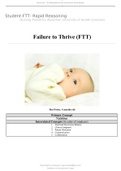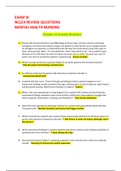Essay
Critically evaluate the claim that infants learn words through domain-general attentional mechanisms.
- Module
- Early Word Learning
- Institution
- University Of Reading (UoR)
Critically evaluate the claim that infants learn words through domain-general attentional mechanisms.
[Show more]












